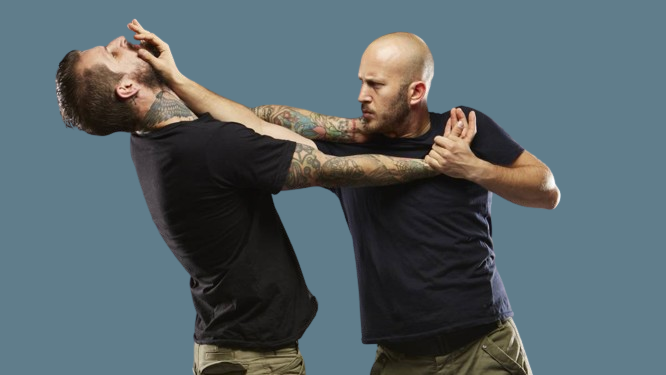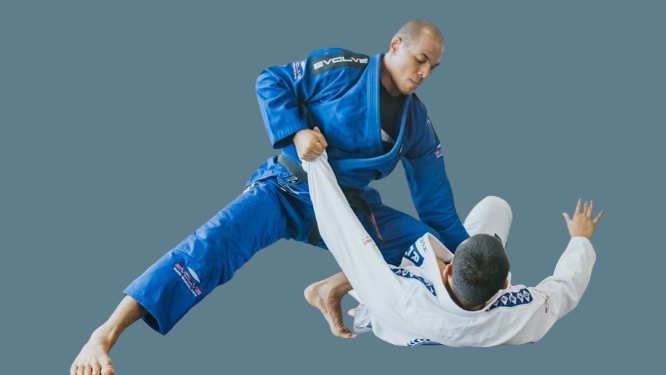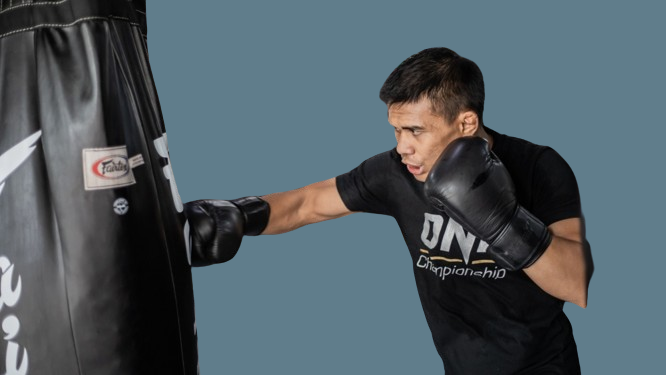Best Martial Art for Self-Defense: A Comprehensive Guide: In a world where personal safety is a top priority, individuals often seek effective means of self-defense. Martial arts have long been revered for their ability to instill discipline, build confidence, and offer practical skills for protecting oneself. However, not all martial arts are created equal when it comes to self-defense. In this article, we will explore some of the best martial arts for self-defense, considering factors such as practicality, versatility, and real-world applicability.
Krav Maga: The Best Martial Art for Self-Defense

Krav Maga, developed by the Israeli military, is renowned for its practical and efficient approach to self-defense. Unlike traditional martial arts that emphasize strict forms and rituals, Krav Maga focuses on real-world scenarios. The system is designed to be learned quickly, making it accessible to individuals with limited martial arts experience.
Krav Maga incorporates elements of boxing, judo, and wrestling, emphasizing instinctive movements and practical techniques. Its focus on simultaneous defense and counterattack sets it apart, ensuring that practitioners can respond rapidly to threats. Krav Maga’s effectiveness in real-life situations makes it a top choice for those seeking a no-nonsense approach to self-defense.
Brazilian Jiu-Jitsu: The Best Martial Art for Self-Defense

Brazilian Jiu-Jitsu (BJJ) has gained immense popularity for its emphasis on ground fighting and submission holds. While standing self-defense is crucial, many altercations end up on the ground. BJJ provides practitioners with the skills needed to control and subdue opponents, even when taken to the floor.
One of BJJ’s key principles is using leverage and technique to overcome size and strength disadvantages. This makes it an excellent option for self-defense, where attackers may be larger or stronger. BJJ’s focus on controlled, non-lethal techniques also aligns with the goal of neutralizing threats without causing excessive harm.
Muay Thai: Striking Power

Muay Thai, also known as the “Art of Eight Limbs,” is a striking-based martial art from Thailand. It places a strong emphasis on using elbows, knees, shins, and fists, providing practitioners with a diverse set of striking tools. Muay Thai’s effectiveness in stand-up situations makes it an ideal choice for self-defense scenarios where maintaining distance and striking power are crucial.
Muay Thai training involves rigorous conditioning, including intense pad work and sparring, which helps practitioners develop both physical fitness and mental resilience. The art’s straightforward techniques make it accessible for beginners, while its focus on continuous movement and powerful strikes ensures a formidable defense.
Boxing: The Sweet Science

Boxing is a classic martial art that has stood the test of time, known for its emphasis on footwork, head movement, and powerful punches. While it lacks the grappling and ground-fighting aspects of some other martial arts, boxing excels in teaching quick, evasive movements and the ability to deliver effective strikes.
The simplicity of boxing makes it easy to learn and apply in high-stress situations. Practitioners develop exceptional hand-eye coordination, reflexes, and cardiovascular endurance. Boxing’s emphasis on maintaining distance and striking from outside an opponent’s range aligns with the principles of self-defense.
Wing Chun: Close Quarters Combat

Originating from China, Wing Chun is a martial art that focuses on close-quarters combat and simultaneous attack and defense. It places a strong emphasis on efficiency of movement and redirecting an opponent’s force rather than meeting it head-on. Wing Chun’s principles make it particularly effective in confined spaces where traditional martial arts techniques might be less practical.
Wing Chun’s techniques are designed to be direct and economical, making it a valuable martial art for self-defense purposes. Its emphasis on sensitivity and trapping hands allows practitioners to control and neutralize an opponent’s attacks swiftly.
Conclusion
Selecting the best martial art for self-defense involves considering various factors, including personal preferences, physical abilities, and the specific threats one may face. Krav Maga’s practical approach, Brazilian Jiu-Jitsu’s ground-fighting expertise, Muay Thai’s striking power, boxing’s simplicity, and Wing Chun’s close-quarters combat skills each offer unique advantages.